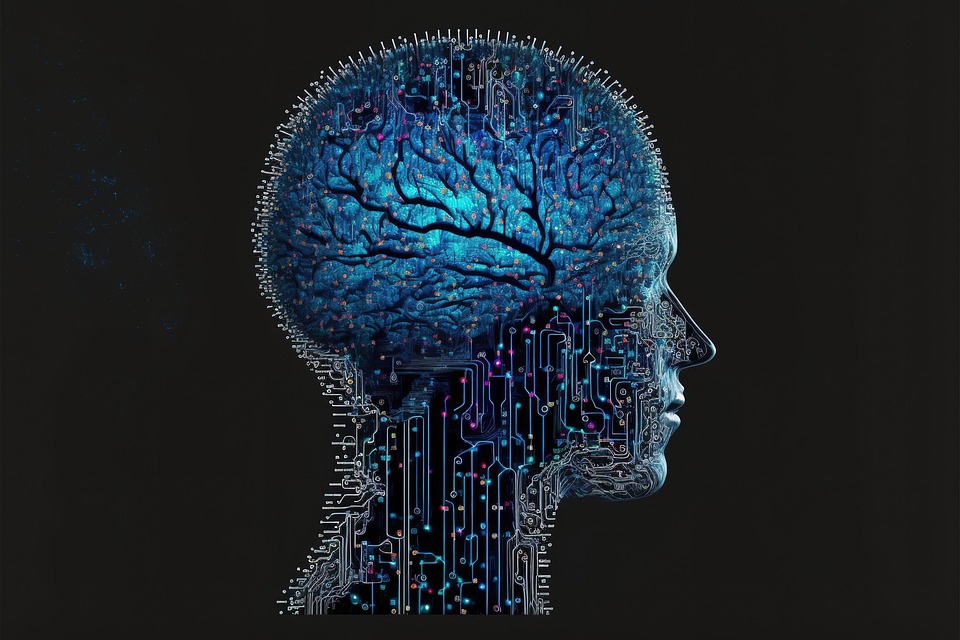[ad_1]
As we journey through the digital age, the internet continually evolves, shaping the way we communicate, work, and live. The latest paradigm shift on the horizon is known as Web3. This term refers to a new vision for the internet, built on decentralization and blockchain technology. Web3 aims to empower individuals, ensure privacy, and foster trustless interactions. This article explores the key features, benefits, and implications of Web3 as the future of the decentralized internet.
Understanding Web3
Web3 represents the third generation of the web, following Web1 (the static web) and Web2 (the social web). While Web1 allowed users to read content, and Web2 introduced user-generated content and social media, Web3 focuses on giving users control over their data and digital identities. This control is primarily achieved through decentralized applications (dApps) powered by blockchain technology.
Key Features of Web3
- Decentralization: Unlike traditional web services owned by central authorities, Web3 applications distribute data across multiple nodes, reducing the risk of censorship and single points of failure.
- Ownership and Control: Users have ownership of their data and digital assets, enabling them to control how their information is used.
- Smart Contracts: Self-executing contracts with the terms directly written into code facilitate trustless transactions and interactions without intermediaries.
- Interoperability: Web3 promotes seamless interactions between different blockchain networks, allowing for a cohesive user experience across platforms.
- Tokenomics: The introduction of native tokens incentivizes community participation and rewards users for their contributions.
The Benefits of Web3
Web3 carries numerous benefits that could reshape digital interactions:
1. Enhanced Privacy
In a Web3 environment, users control their own data. This vastly reduces the risk of data breaches and misuse, as individuals can choose what information to share and with whom.
2. Censorship Resistance
Decentralized platforms are less prone to censorship, as no single entity can control or shut down the service. This empowers voices that might otherwise be silenced.
3. Financial Inclusion
Web3 platforms can provide financial services to the unbanked population, enabling anyone with internet access to participate in the digital economy, regardless of geographic location.
4. New Economic Models
Token economies introduce new ways for creators and communities to monetize their contributions. This could lead to fairer compensation systems in various sectors.
Challenges and Considerations
While the benefits of Web3 are immense, certain challenges must be addressed:
1. Scalability
Many blockchains face scalability issues, making it difficult to handle large volumes of transactions quickly and efficiently.
2. User Experience
The technical nature of blockchain can be intimidating for non-technical users. Simplifying access and usability is essential for widespread adoption.
3. Regulation
The decentralized nature of Web3 poses unique regulatory challenges. How governments will respond to this shift remains to be seen.
Real-world Applications of Web3
The potential of Web3 is being realized in various sectors:
1. Decentralized Finance (DeFi)
DeFi applications enable users to lend, borrow, and trade without intermediaries, driving down costs and increasing accessibility.
2. Non-Fungible Tokens (NFTs)
NFTs represent ownership of unique digital assets, revolutionizing the art and gaming industries by allowing creators to retain royalties and control over their work.
3. Decentralized Autonomous Organizations (DAOs)
DAOs are governance structures powered by blockchain that allow communities to collectively make decisions, eliminating the need for a central authority.
The Future of Web3
As Web3 continues to evolve, its implications for society are profound. By fostering a more equitable and user-centric internet, Web3 encourages innovation and collaboration. Businesses, individuals, and governments must adapt to this new reality, embracing the potential of decentralization to unlock new opportunities.
Conclusion
Web3 signifies a pivotal shift in our digital landscape. Its focus on decentralization, user control, and interoperability has the potential to transform the way we interact online. While challenges remain, the opportunities presented by Web3 could lead to a more equitable, secure, and innovative internet. Embracing this change is not just advantageous but necessary for a future where individuals have greater agency over their digital lives.
FAQs
1. What is Web3?
Web3 refers to the third generation of the internet that focuses on decentralization, allowing users to have control over their data and digital interactions via blockchain technology.
2. How does Web3 differ from Web2?
While Web2 is characterized by user-generated content and centralized platforms, Web3 aims to give users ownership of their data and enhance privacy through decentralized applications.
3. What are smart contracts?
Smart contracts are self-executing contracts where the terms are directly written into code, enabling trustless transactions without the need for intermediaries.
4. What challenges does Web3 face?
Key challenges include scalability, user experience, and regulatory issues, which need to be addressed for broader adoption of Web3 technologies.
5. How can I get involved in Web3?
You can get involved by exploring decentralized applications (dApps), participating in communities, investing in cryptocurrencies, and learning about blockchain technology.
[ad_2]
